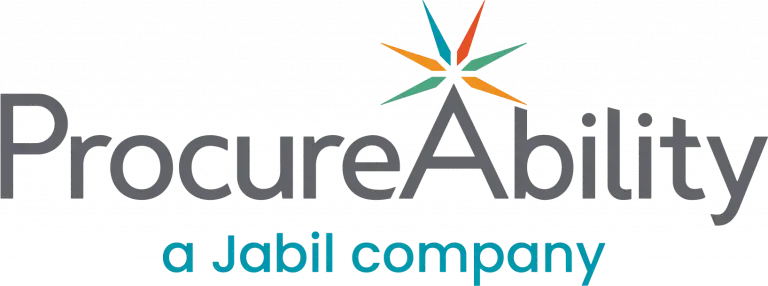
Stakeholder engagement remains one of the most persistent challenges in procurement and one of the most critical to get right. When done effectively, it enhances procurement’s ability to drive value, reduce risk, and align with organizational goals. Without strong stakeholder relationships, procurement risks being sidelined, leading to maverick spend, or “dark purchasing,” where buying happens outside of procurement’s control, driving up costs and supplier risks.
What Is Stakeholder Engagement in Procurement?
At its core, stakeholder engagement means building collaborative relationships with key internal partners to support shared business goals. It’s about managing relationships and aligning on procurement goals, navigating competing priorities, and building trust that leads to long-term value creation.
From Strategy to Execution: Building Effective Stakeholder Engagement
Most procurement teams know stakeholder engagement is important, but few have a clear plan to make it happen. Building strong relationships takes careful planning, regular communication, and understanding each stakeholder’s role in procurement. To move from knowing to doing, stakeholder engagement must become part of daily work—not a one-time task. This means finding key moments to connect, learning stakeholder goals, and adjusting procurement to support the buying process. The strategies below offer a simple framework to help procurement teams build better relationships, reduce problems, and add more value to the organization.
Procurement Tailored by Stakeholder
Procurement professionals should manage stakeholders with the same careful planning they use for category strategies. A one-size-fits-all approach doesn’t work because stakeholders have different priorities, influence, and involvement in procurement. Effective engagement means tailoring strategies by understanding each stakeholder’s role, the complexity of their work, how mature their sourcing categories are, and their decision-making power.
By grouping stakeholders this way and focusing engagement where it matters most, procurement teams can use their time better. This improves collaboration and trust, boosts the success of sourcing projects, and strengthens procurement’s role as a trusted business partner.
When procurement teams actively manage stakeholder relationships, they improve alignment, gain more support for sourcing strategies, boost compliance with processes, and increase spend under management. Just as importantly, they enable faster, more informed decision-making by ensuring procurement is embedded early in the process.
Engaged stakeholders are much more likely to work with procurement to achieve real results like cost savings, lower risks, and better efficiency. By creating tailored engagement strategies and keeping communication clear and ongoing, procurement can become a true strategic partner and drive value across the organization.



